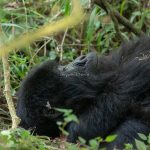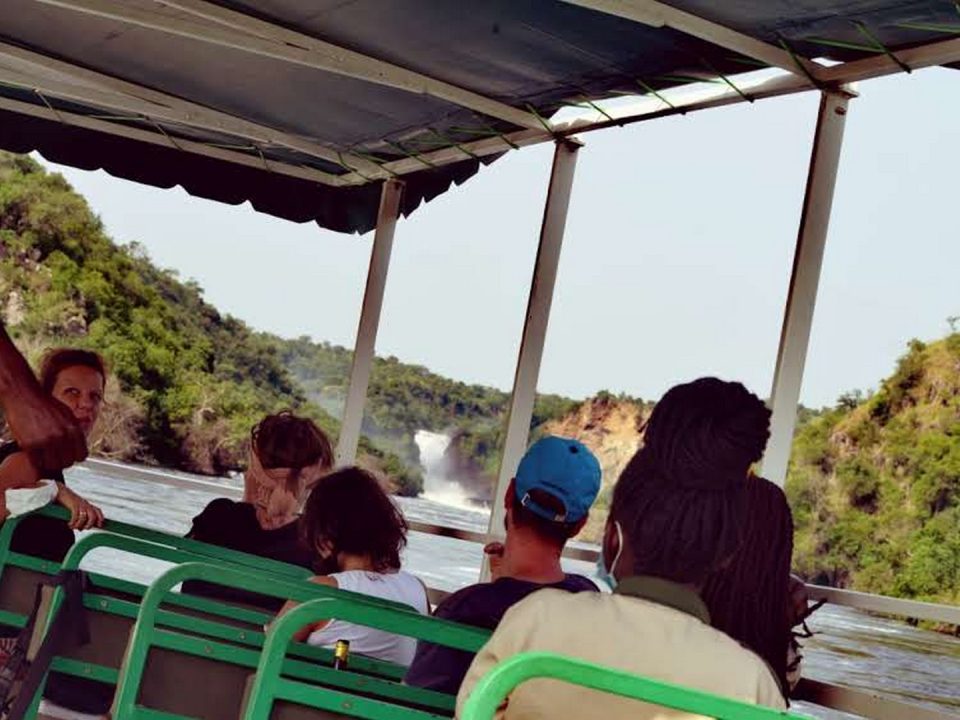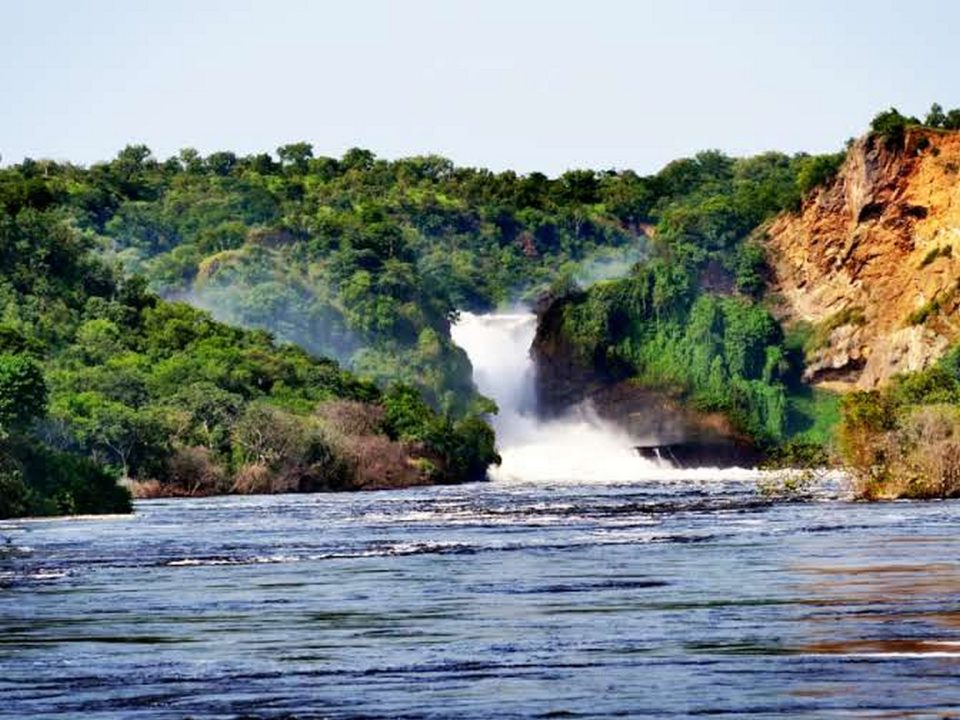
Is Uganda or Rwanda Better for Gorilla Trekking?
February 20, 2025
Is It Safe to Go Gorilla Trekking in Uganda?
February 20, 2025Why is Gorilla Trekking So Expensive?
Why is Gorilla Trekking So Expensive? Gorilla trekking is one of the most sought-after and unique wildlife experiences on the planet. The opportunity to witness mountain gorillas in their natural habitat, deep within the misty jungles of Africa, is both awe-inspiring and unforgettable. However, many travelers are often taken aback by the cost associated with this activity. Gorilla trekking permits can be expensive, and when combined with travel, accommodation, and other associated expenses, the overall cost of the experience can quickly add up. So, what makes gorilla trekking so expensive? In this detailed write-up, we explore the factors that contribute to the high costs of gorilla trekking and why the price tag is well worth it.
Conservation Efforts and Gorilla Protection
One of the primary reasons for the high cost of gorilla trekking is the significant amount of money allocated to conservation efforts and the protection of mountain gorillas. Mountain gorillas are an endangered species, with only around 1,000 individuals remaining in the wild. Both Uganda and Rwanda have implemented strict measures to protect these incredible creatures and their habitats, and the funds generated through trekking permits play a crucial role in supporting these efforts.
The revenue from gorilla trekking permits helps fund anti-poaching activities, habitat restoration, and monitoring the health and well-being of the gorilla populations. The park rangers, trackers, and conservationists who work tirelessly to ensure the gorillas’ survival are funded through these permit fees. Without these critical efforts, the continued existence of mountain gorillas in the wild would be jeopardized. Therefore, a significant portion of the trekking fees is reinvested directly into conservation.
Limited Gorilla Populations and Habitat Constraints
The mountain gorilla population is concentrated in just a few regions of Africa, primarily in Uganda, Rwanda, and the Democratic Republic of the Congo (DRC). These regions are home to a relatively small number of habituated gorilla families that are accessible to tourists. Unlike many other wildlife species that have larger populations spread across broader territories, mountain gorillas live in isolated, protected areas with limited accessibility.
Gorilla trekking is a highly controlled activity, and the number of trekkers allowed to visit the gorillas is strictly regulated. This ensures that the gorillas are not overwhelmed by human presence, which could cause stress or disrupt their natural behaviors. The limited number of permits available each day in places like Bwindi Impenetrable National Park in Uganda or Volcanoes National Park in Rwanda increases their exclusivity and, consequently, the cost.
Additionally, the forested environments in which these gorillas reside—often deep within rugged, mountainous terrain—require careful management to ensure that both the environment and the gorillas are protected. This involves considerable investment in infrastructure, including building and maintaining trekking trails, providing rangers and trackers, and managing visitor numbers, all of which contribute to the overall cost of the trekking experience.
High Operating Costs in Remote Locations
Both Uganda and Rwanda’s gorilla trekking destinations are located in remote, mountainous regions. Accessing these areas can be challenging and requires significant investment in infrastructure. Roads leading to national parks, trekking facilities, accommodation options, and transportation all incur costs that contribute to the overall expense of the trek.
In Uganda, for example, reaching Bwindi Impenetrable National Park requires a long drive from Kampala or a domestic flight to a nearby airstrip. This often means long travel times, additional flights, and road transport, all of which increase the logistical costs for tourists. Similarly, in Rwanda, although the trekking area is more accessible from the capital Kigali, the cost of maintaining roads, lodges, and transportation within Volcanoes National Park is still high.
Furthermore, the park rangers and local guides, who are essential for ensuring the safety and success of the trek, must be well-trained and compensated. These skilled professionals provide invaluable services, from guiding trekkers through dense forest trails to ensuring a safe and educational experience. Their salaries, along with the costs of ongoing training, add to the financial demands of maintaining the trekking program.
Exclusive and Guided Nature of the Experience
Unlike many wildlife safaris, gorilla trekking is a highly specialized and exclusive experience. Each trek is led by a guide and accompanied by a team of rangers and trackers who work diligently to locate the gorillas. The experience is personal and intimate, with small groups of trekkers (usually a maximum of eight people per group) spending up to an hour with the gorillas once they are found.
The need for a guided experience, along with the small group size, increases operational costs. The guides and rangers are highly trained to ensure the safety of both the trekkers and the gorillas, and they are also responsible for educating visitors about the gorillas and the surrounding ecosystem. The expertise of these professionals is crucial, and their compensation reflects their level of skill and responsibility.
In addition, there are strict rules and regulations in place to protect both the gorillas and the trekkers. For example, trekkers must maintain a certain distance from the gorillas, and only a limited number of trekkers are allowed to visit each family per day. These measures ensure that the experience remains sustainable and that the gorillas are not unduly disturbed. The infrastructure and staffing required to maintain these regulations come at a cost.
Rising Demand for Gorilla Trekking
The popularity of gorilla trekking has grown significantly over the years. As more travelers seek out this extraordinary experience, the demand for trekking permits has risen. With only a limited number of permits available per day in both Uganda and Rwanda, the price of the permits reflects this supply-demand imbalance.
While the higher demand can drive prices up, it also helps fund vital conservation initiatives. The revenue generated from trekking permits supports both the local economies and the national parks, providing jobs for guides, rangers, porters, and the local communities. In this sense, the price of a gorilla trekking permit contributes not only to wildlife conservation but also to the socioeconomic development of the surrounding areas.
Sustainability and Eco-Tourism
Gorilla trekking is an example of eco-tourism, where tourism activities are designed to have minimal environmental impact while generating funds for conservation and local communities. The cost of the trek ensures that the ecosystem surrounding the gorillas is protected, and it helps to mitigate any negative effects of human activity on these fragile habitats.
Both Uganda and Rwanda have adopted sustainable tourism practices, ensuring that the benefits of gorilla trekking are used to support the long-term survival of mountain gorillas and the preservation of their natural habitat. The revenue from trekking permits helps to reduce the pressures of poaching, deforestation, and habitat destruction, all of which threaten the survival of these incredible creatures.
Conclusion: The Value of the Experience
The high cost of gorilla trekking is a reflection of the immense effort and resources required to protect mountain gorillas and their habitat, maintain sustainable tourism practices, and provide an exclusive and high-quality experience for trekkers. While the price may seem steep, it is a small price to pay for the opportunity to witness one of the world’s most endangered species in their natural environment.
At Deks Safaris & Tours Ltd., we understand that the cost of gorilla trekking is a significant consideration for travelers, but we believe that the experience is worth every penny. The opportunity to see mountain gorillas in the wild is not only a rare privilege but also a critical part of the broader conservation efforts that help secure the future of these magnificent animals. When you book a gorilla trekking adventure with us, you are contributing to the preservation of mountain gorillas and the well-being of the local communities who depend on eco-tourism for their livelihoods.





